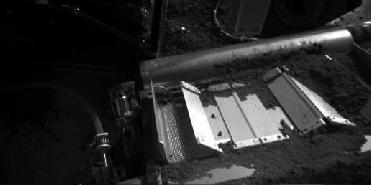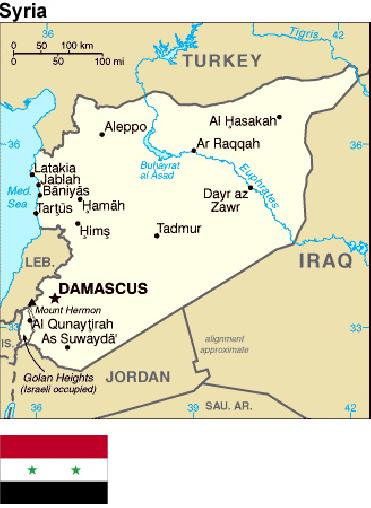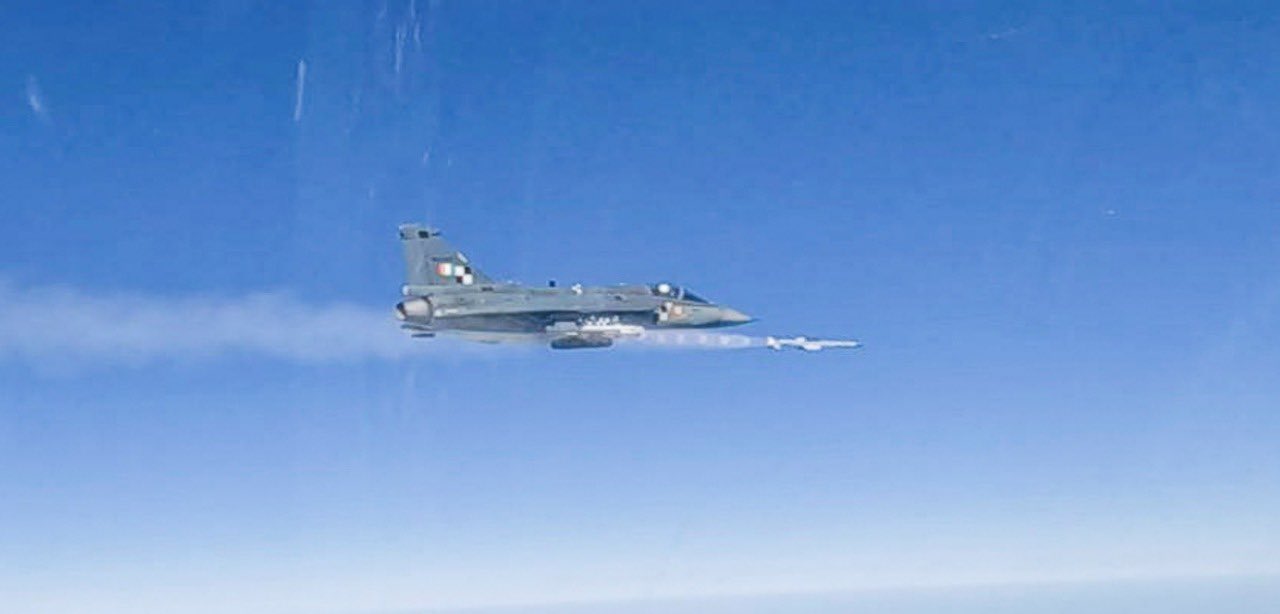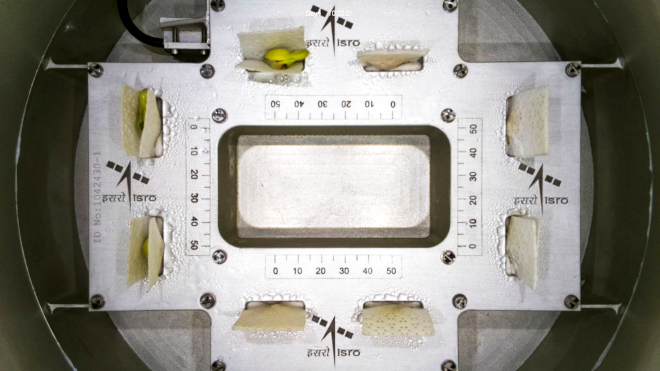
TUCSON,� Arizona (BNS): NASA's Phoenix Mars Lander scientists and engineers are continuing to dig in the area around the Lander with the spacecraft's robotic arm, looking for new materials. They are also examining the soil and ice sub-surface structure.
New trenches dug recently include the �Burn Alive 3� trench in the "Wonderland" digging area in the eastern portion of the arm's reachable workspace. It has come to light that the team is excavating from one side of �Burn Alive 3� down to the ice layer and plans to leave about 1 cm (0.4 inch) of soil above the ice on the other side. This intermediate depth, located a couple cm (0.8 inch) above the Martian ice-soil boundary, gives the team, the vertical profile desired for a sample dubbed �Burning Coals� which is intended to be the next subject of Phoenix's Thermal and Evolved Gas Analyser (TEGA).
The surface of the ground throughout the arctic plain, where Phoenix landed is patterned in polygon shapes like those of permafrost areas on Earth, where the ground goes through cycles of swelling and shrinking. Some of the recent and planned digging by Phoenix takes advantage of landing within the arm's reach both of the centers of polygons and the troughs between polygons.
For example, the "Stone Soup" trench has been dug in a trough in the "Cupboard" excavation area, near the western end of the arm's workspace. The team plans to dig in this zone as deep as possible to study properties of the soil and ice deep in a polygon trough.
A sample from the Cupboard area may be sent to Lander's wet chemistry lab, part of the Microscopy, Electrochemistry and Conductivity Analyser (MECA). The location for obtaining a sample would depend on results from further digging in �Upper Cupboard� and use of the thermal and electrical conductivity probe on the arm, inserted into icy soil within �Upper Cupboard� to test for the presence of salts.
In addition, Phoenix's robotic arm would acquire ice-rich soil from �Upper Cupboard� and observe the material in the arm's scoop to determine whether the sample sublimates. Melting is an indication of the presence of salt. If the sample melts and leaves behind a salty deposit, �Upper Cupboard� would be the location for the next sample for the wet chemistry lab. If no salts are detected, the team would continue with plans to use the �Stone Soup� trench for acquiring the next wet chemistry lab sample.
�We expect to use the robotic arm heavily over the next several weeks, delivering samples to our instruments and examining trench floors and walls to continue to search for evidence of lateral and vertical variations in soil and ice structures,� Ray Arvidson, Phoenix's "dig czar," from Washington University in St. Louis, said.
The Phoenix mission is led by Peter Smith of University of Arizona with project management at NASA's Jet Propulsion Laboratory, Pasadena, Calif., and development partnership at Lockheed Martin, located in Denver. There are contributions from Canadian Space Agency; University of Neuchatel; and Universities of Copenhagen and Aarhus, Denmark; Max Planck Institute, Germany; and Finnish Meteorological Institute.
 Previous Article
Previous Article













The Indian Air Force, in its flight trials evaluation report submitted before the Defence Ministry l..
view articleAn insight into the Medium Multi-Role Combat Aircraft competition...
view articleSky enthusiasts can now spot the International Space Station (ISS) commanded by Indian-American astr..
view article